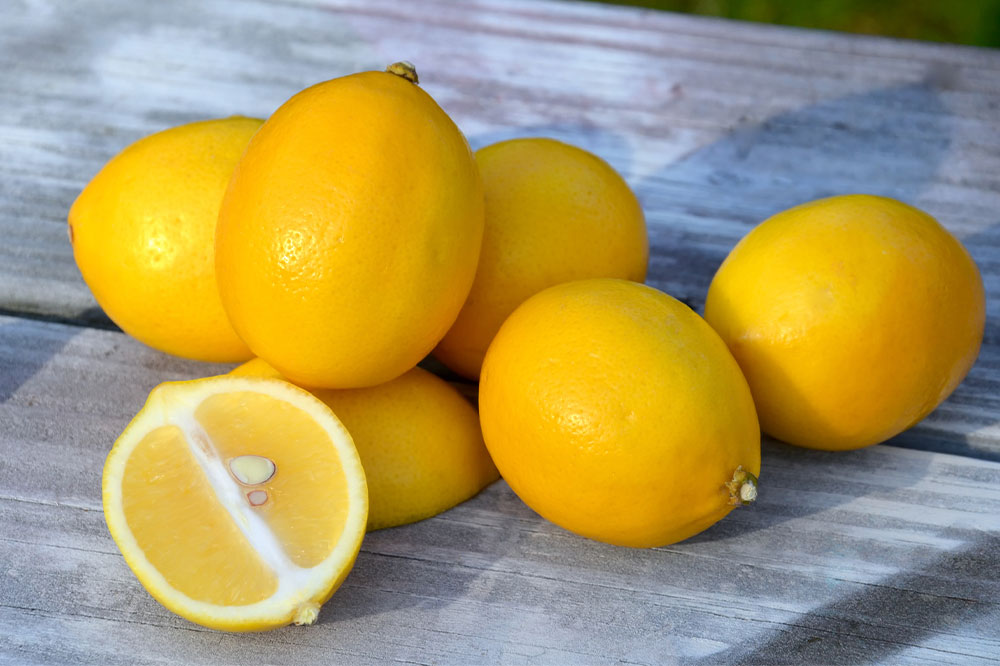14 ingredients for managing flea and tick infestations in dogs

Managing tick and flea infestations in dogs is vital to ensuring their well-being. Here, home-based tick and flea repellents can be a gentle and cost-effective alternative to harsh chemical products commonly used to kill pests. Some at-home ingredients and products can help keep pests at bay without harming dogs or their surroundings. So, here are a few readily available kitchen ingredients that can help in getting rid of ticks and fleas living on dogs:
1. Apple cider vinegar
ACV is a versatile remedy considered safe to be applied on dogs. Its acidic nature can create an unwelcome environment for ticks and fleas. Here, one can mix equal parts ACV and water in a spray bottle and gently mist the dog’s fur, avoiding sensitive areas like the eyes. This solution not only repels pests but also alleviates skin irritation while giving the dog a healthy, shiny coat.
2. Coconut oil
Popular for its moisturizing properties, coconut oil can be a handy kitchen ingredient for tackling tick and flea infestations. Rich in lauric acid, coconut oil can be used topically on a dog’s coat to keep pests at bay or added to the pet’s meals to boost their skin health. So, the oil can repel pests and fortify the skin.
3. Neem oil
Extracted from the seeds of neem trees, neem oil is a natural pesticide and anti-fungal agent. To create a neem oil spray, one can add a few drops of neem oil to a carrier oil like coconut oil. Then, one can apply this mixture to the dog’s coat, avoiding sensitive areas. Neem oil repels pests, soothes irritated skin, and prevents future infestations.
4. Lemon
Lemon juice can repel ticks and fleas. To make a spray, one can add thin lemon slices to hot water and let the solution cool. Upon transferring the solution to a spray bottle, one can apply it to the dog’s coat. This solution can leave behind a pleasant scent.
5. Rosemary
Rosemary, a fragrant herb, acts as a natural repellent for pests. One can steep fresh or dried rosemary in hot water, cool it, and spritz the dog’s coat with the solution, focusing on areas prone to infestations.
6. Garlic
While garlic can be toxic for dogs when ingested in large amounts, the ingredient can create an environment that ticks and fleas would want to avoid. One can use garlic-infused oils sparingly to repel pests.
7. Food-grade diatomaceous earth
Diatomaceous earth is a fine powder that can kill ticks and fleas. However, one should only opt for food-grade diatomaceous earth here. One can sprinkle the power in the areas frequented by a pet. However, one should wear a mask when sprinkling the powder to avoid inhalation.
8. Oregano oil
Oregano oil contains antibacterial and antifungal properties and carvacrol, a natural insect repellent. A few drops of oregano oil can be added to a carrier oil and applied to the dog’s collar or used around the home as a spray.
9. Cedar oil
Cedar oil is a natural repellent extracted from cedar trees. It disrupts the neurotransmitters of ticks and fleas, getting rid of them. One can consider using cedar oil sprays or shampoos designed for dogs.
10. Aloe vera
Aloe vera, known for its soothing properties, can alleviate discomfort caused by tick and flea bites. One can apply fresh aloe vera gel to the affected areas of the dog’s coat to help the bites heal and reduce inflammation.
11. Citrus peels
Citrus peels, such as those of oranges and grapefruits, contain natural oils that can repel pests. One can make a spray by boiling citrus peels in water and transferring the solution to a spray bottle after it has cooled. Then, one can lightly spray the solution on the dog’s coat, avoiding its eyes and other sensitive areas.
12. Castor oil
Castor oil spray, containing water and a few drops of oil, can repel fleas and ticks. This solution can also be applied to the dog’s fur.
13. Chamomile
Due to its anti-inflammatory and calming properties, chamomile can soothe skin irritation brought on by tick and flea bites. One can prepare chamomile tea, let it cool, and use it as a gentle spray or compress on affected areas.
14. Lavender oil
Lavender oil has a pleasant fragrance and calming properties. Further, it can repel ticks and fleas, making it a favorite among pet owners. One can use a lavender oil spray (diluted in water) and apply it to the dog’s bedding or collar to keep pests away.
When dealing with a flea or tick infestation, one should consult a veterinarian before trying any home remedy to ensure it is safe for dogs.






